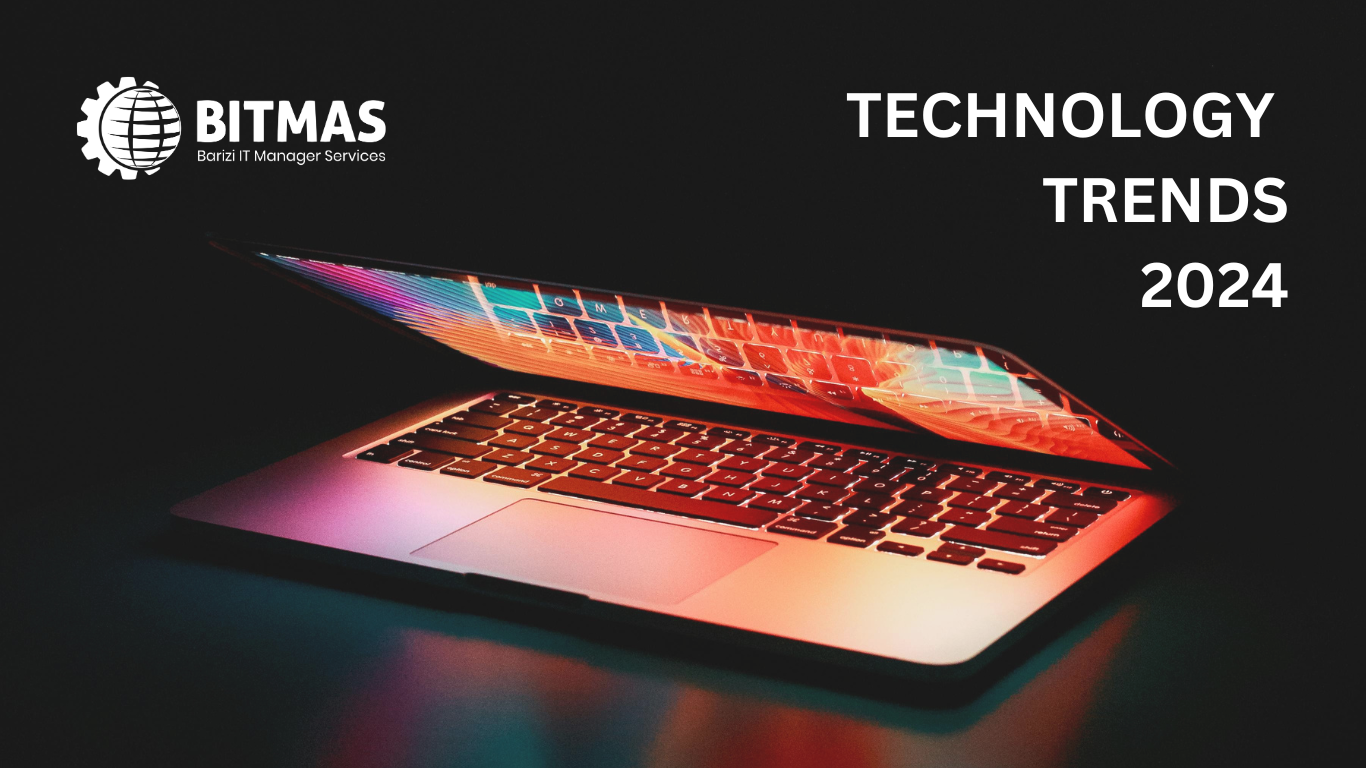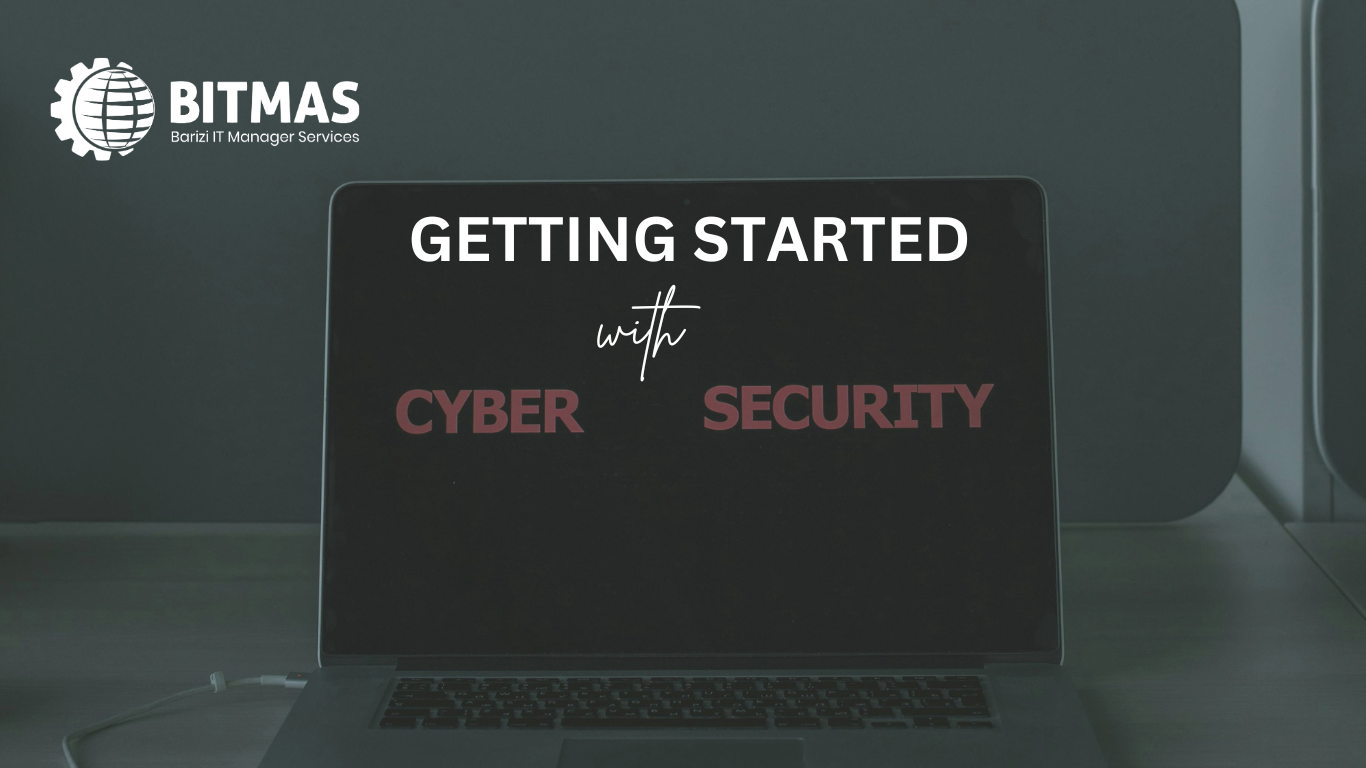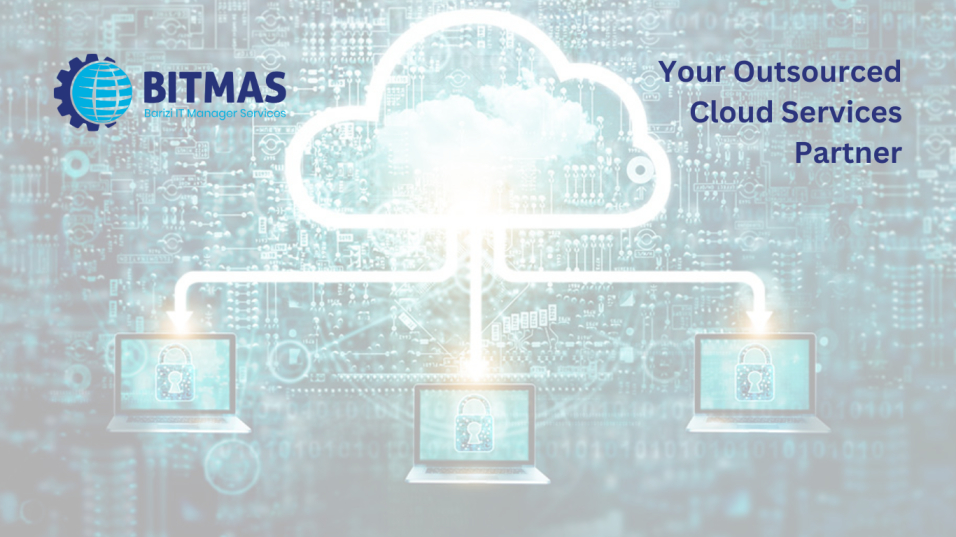The Evolving Tech Landscape: A Look at the Hottest News and Trends in 2024

Introduction
Technology advancements highlighted by the application of new technologies in various sectors are shaping and reshaping the Information Technology (IT) industry. It is a challenging affair to keep up with the abrupt pace at which the changes are taking place in the IT space. Notwithstanding, applying these latest trends has a lot of significance to businesses that want to stay relevant in this epoch.
Symbiotically, in the current industrial revolution, most emerging technologies depend on each other to function optimally. For instance, Artificial Intelligence (AI) relies on 5G’s low latency feature to enable smart devices communicate with humans in real time. On the other hand, 5G relies on AI algorithms to monitor network traffic and detect potential intrusion and cyber-attacks.
Top 5 Trends in the Information Technology Industry
Emerging technologies have induced new trends in the IT industry. This requires IT experts in all sectors to understand these technologies in order to provide the much-needed system support and upgrades for a seamless flow of operations. Let's delve into the top trends shaping the IT space:
1. Artificial Intelligence and Machine Learning (AI/ML)
Artificial Intelligence (AI) is becoming ubiquitous across several fields and involves building intelligent devices to perform human-like tasks. AI gives an edge to the IT industry by enhancing automation and improving security. It enhances automation by harmonizing repetitive tasks freeing up human energies to focus on more strategic work. For security, AI monitors security threats in real time, notices suspicious activities and prevents possible attacks.
The latest trend is generative AI which takes us closer to the future with the application of natural language processing (NLP) chatbots such as ChatGPT and Gemini which generate text based on prompts.
2. 5G Networks
5G technology is evolving the entire communication landscape by bringing high speeds, low latency and massive capacity into cellular wireless communication. The current worldwide coverage of the 5G network is at 30% and Ericsson projects this to increase to 85% by 2028.
Initially, 5G networks relied on 4G core networks for data transfer and operability. The latest trend is the emergence of 5G stand-alone (5G SA) networks where users access a wider coverage and experience low latency. This lays a foundation for cloud-based technologies such as the Internet of Things (IoT), virtual reality and other precision robots to operate effectively and efficiently.
3. Edge Computing and Quantum Computing
Edge computing is a computing framework that brings data processing and storage closer to the source of data collection. Edge computing elevates businesses as it enhances data security, bandwidth availability, brings faster insights and improves response time. Computing on the edge eliminates delays as data processing is done on the device without involving outside resources such as the cloud.
The most notable trend at this moment in time is quantum computing which utilizes computer hardware, algorithms and quantum mechanics to solve complex problems that your normal supercomputer cannot solve. Its capability to solve complex problems, run complex computer simulations and implement faster measurement renders it a powerful technology for applications such as database searching, cryptography, weather forecasting, molecular modelling, drug discovery, materials science, DNA sequencing, efficient radiotherapy and financial modelling.
4. Blockchain Technology
The Blockchain is a digital ledger for recording information called blocks, which are securely connected via encryption. Every block carries information about the preceding block, establishing a chain, with each consecutive block reinforcing the previous. Blockchains are resistant to data manipulation because the data stored in them cannot be changed retrospectively without affecting all following blocks. Basically, this digital ledger or register consists of duplicate transactions. Whenever there’s a new transaction to the blockchain, a record of the same is reflected in every participant’s register.
With cryptocurrencies making headlines, the underlying blockchain technology has enormous promise for safe data storage, transparent transactions, and improved traceability across a variety of sectors, especially supply chain and banking sectors.
5. Cybersecurity
Organizations have begun to migrate a bulk of their data to the cloud, increasing the surface area for cyberattacks and breaches. Cybersecurity is the right solution to eliminate these dangers and risks.
Cybersecurity is becoming an increasingly significant trend in the IT industry as it "advocates" for security as an important component when designing and implementing IT infrastructure, be it network security, cloud security, IoT (Internet of Things), and application security. Suitable cybersecurity strategies and policies should be put in place in order to avoid big losses from possible breaches.
What Next?
The relentless march of technology brings both wonders and challenges. While advancements like AI and automation unlock incredible potential, they also introduce threats like biased algorithms and sophisticated cyberattacks. This necessitates a balanced approach.
On the one hand, the ever-growing field of datafication demands experts who can harness the power of big data through innovative collection, storage, analysis, and value extraction techniques. On the other hand, ethical considerations must be embedded in the development of AI and machine learning models to prevent bias and ensure responsible operation.
The takeaway? Staying ahead of these trends is crucial and BITMAS is on the forefront to assist your business. Businesses that embrace IT advancements gain a competitive edge, while individuals who develop relevant skills future-proof their careers. As technology continues to evolve, we can expect even more breakthroughs that will reshape how we live, work, and interact with the world around us.


